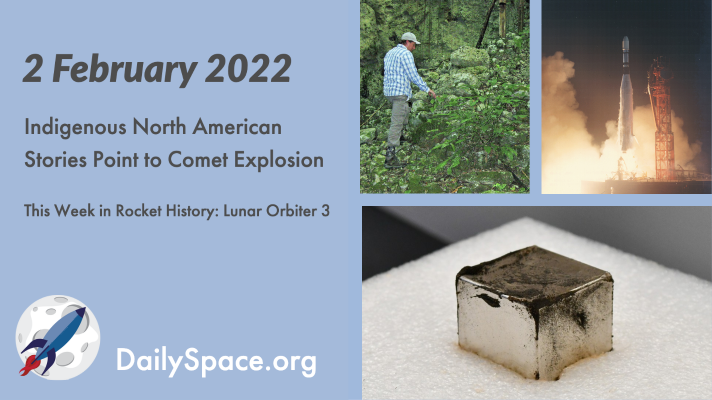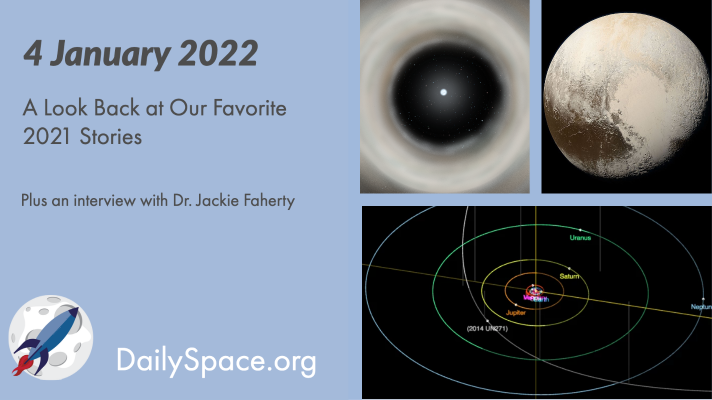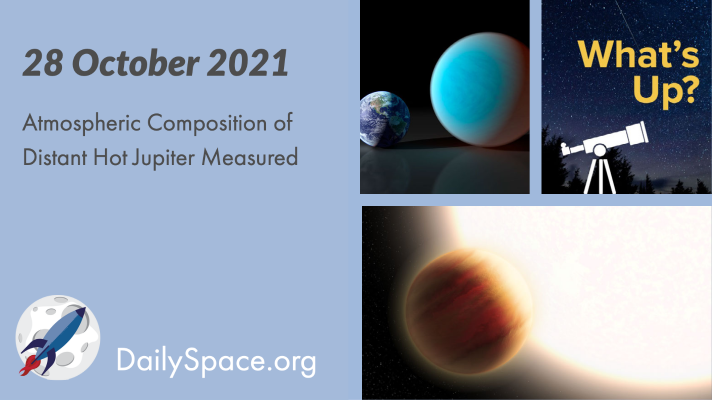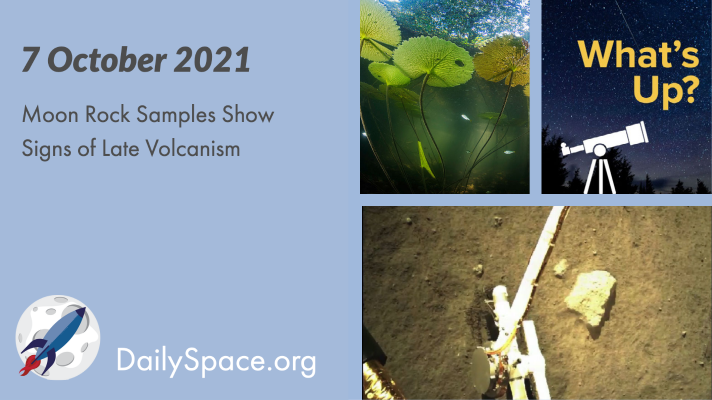
Feb 3, 2022 | Asteroids, Comets, Daily Space, Earth, Exoplanets, Moon, Random Space Fact, Rockets, Space History, Spacecraft, White Dwarfs
By collecting and analyzing stories from a variety of indigenous cultures in North America, researchers find evidence for a mid-air explosion of a comet or asteroid, similar to the Tunguska event. Plus, a new Trojan for Earth, volcanoes and dinosaurs, ancient Mexican cacao groves, and this week in rocket history is Lunar Orbiter 3.

Jan 5, 2022 | Citizen Science, Comets, Daily Space, Exoplanets, Guest Interview, JWST, LPSC, Mars, Pluto & Charon, Supernovae, White Dwarfs
Dr. Pamela and Beth each picked their three favorite stories from 2021, including news from Mars and Pluto and about distant comets and undead white dwarf stars. Plus, we interview Dr. Jackie Faherty from the American Museum of Natural History about citizen science, exoplanets, and JWST.

Dec 6, 2021 | Asteroids, Comets, Cosmology, Daily Space, Earth, Exoplanets, Our Solar System, Review
A Mars-sized planet was found just 31 light-years away, orbiting its star every eight hours and having 55 percent the mass of the Earth, leading scientists to conclude it’s mostly made of an iron-nickel core. Plus, water on Earth, a huge comet, and a review of a Canon lens.

Dec 3, 2021 | Astrobiology, Comets, Daily Space, Earth, Galaxies, Sky Watching, Stars, Supermassive Black Holes
An analysis of over nine million samples of coccoliths whose ages span several million years has led scientists to conclude that changes in Earth’s orbit may have influenced changes in the size and shape of the microscopic algae. Plus, Europe contemplates geologic threats, and a comet is in this week’s What’s Up.

Oct 29, 2021 | Comets, Daily Space, Earth, Exoplanets, Mars, Science, Stars
Scientists have measured the composition of the hot Jupiter exoplanet WASP-77Ab using an instrument at the Gemini South observatory as the first step in creating a catalog of exoplanetary atmospheres. Plus, looking for ocean worlds and this week’s What’s Up.

Oct 8, 2021 | Active Galaxies, Climate Change, Comets, Daily Space, Earth, Mercury, Moon, Sky Watching, Spacecraft, Stars
An analysis of the most recent sample taken from the Moon and returned by the Chang’e-5 mission shows that the basaltic rock is about two billion years old. This age implies a previously unknown heat source in the region. Plus, how plants and animals record climate change and this week’s What’s Up.








 We record most shows live, on Twitch. Follow us today to get alerts when we go live.
We record most shows live, on Twitch. Follow us today to get alerts when we go live.